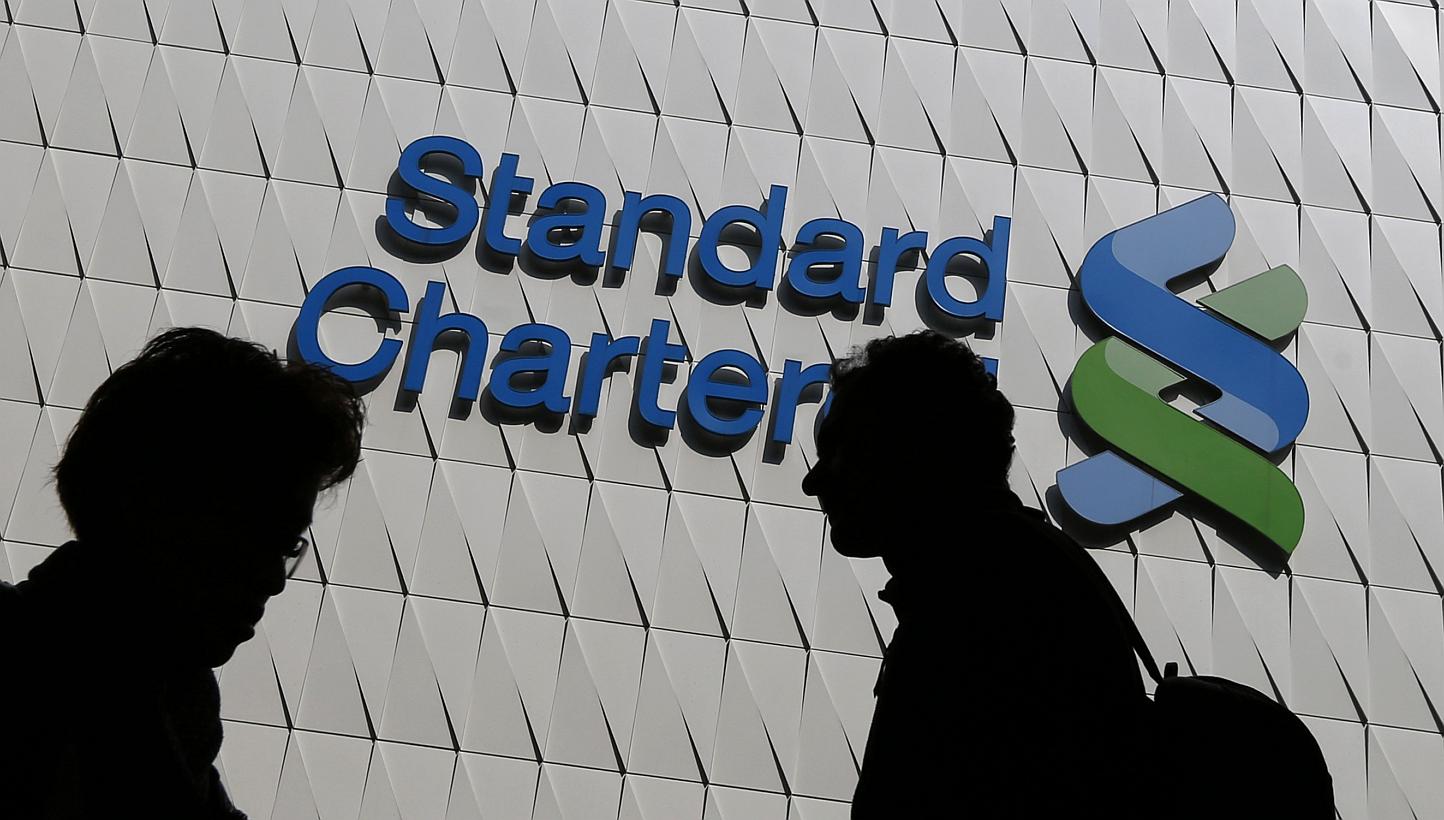StanChart's 'snap' decision nearly a year in the making
Sign up now: Get ST's newsletters delivered to your inbox

Passersby walk in front of the main branch of Standard Chartered in Hong Kong Jan 8, 2015. Standard Chartered chief executive Peter Sands' decision to cut the bank's loss-making equities business was almost a year in the making, despite the shock Thursday's announcement caused among staff in the division, according to sources. -- PHOTO: REUTERS
HONG KONG/SINGAPORE (REUTERS) - Standard Chartered chief executive Peter Sands' decision to cut the bank's loss-making equities business was almost a year in the making, despite the shock Thursday's announcement caused among staff in the division, according to sources at the bank and recruiters.
On Thursday morning, employees in Hong Kong arrived at the financial hub's IFC 2 office tower, which houses StanChart's equities business, to find themselves locked out.
In Singapore, a group of stunned workers gathered at a coffee shop on the plaza next to the bank's offices in the business district.
"We came in this morning and were told the equity business was being shut down," said a woman in the group who declined to give her name. She said she had worked in research and had been with the bank for three years.
Standard Chartered launched its equities business in November 2008 when it acquired brokerage Cazenove from JPMorgan, a move that sources inside the bank said was sponsored by Mr Sands and his deputy, Mr Mike Rees.
The division includes cash equities, research and underwriting.
One source familiar with the matter said consultants McKinsey's financial services team in London had advised Mr Sands to shut equities as long as a year ago, but he had resisted, believing it an essential part of the wider securities business.
His hand was forced by the continuing losses at the division and downturn in StanChart results and pressure on him to be seen doing something, the source added.
"This a courageous, conscious decision on the kind of areas we could sell or close," said another source familiar with the bank's strategy, adding that equities stood out as a business with a high cost-to-income ratio the bank could live without.
He added there were other areas that could be scaled back or sold.
"Private equity as a separate product line is something that banks have stopped doing. That looks like an outlier," he said.
"In the financial markets division there are certain businesses; commodities business is the one Standard Chartered could slow down."
LOWLY RANKING
A third informed source said that although the news would have come as a shock to some, others had wondered why the bank had stuck with equities for so long, since it had struggled to grow from the start.
StanChart failed to rank among the top 10 banks globally for research or trading at the end of 2013, according to a survey by Greenwich Associates, and ranked just 23rd last year in equity underwriting in Asia-Pacific, according to Thomson Reuters data.
Even so, it was still hiring for equities in Asia last month, including former Nomura employee Stewart Callaghan as head of equity research.
That and other appointments suggest operating management knew nothing of the decision to close it, said a Hong Kong-based headhunter.
The third source said the division had been under review since the first half of 2014.
Greater scale would have required further investment, so the company decided to cut its losses, with input from McKinsey, sources said.
Trade and fixed income remain the core, profitable businesses, and are key to StanChart's role as a trade house, he added, while equities was not.
All non-core or underperforming businesses are being considered.

